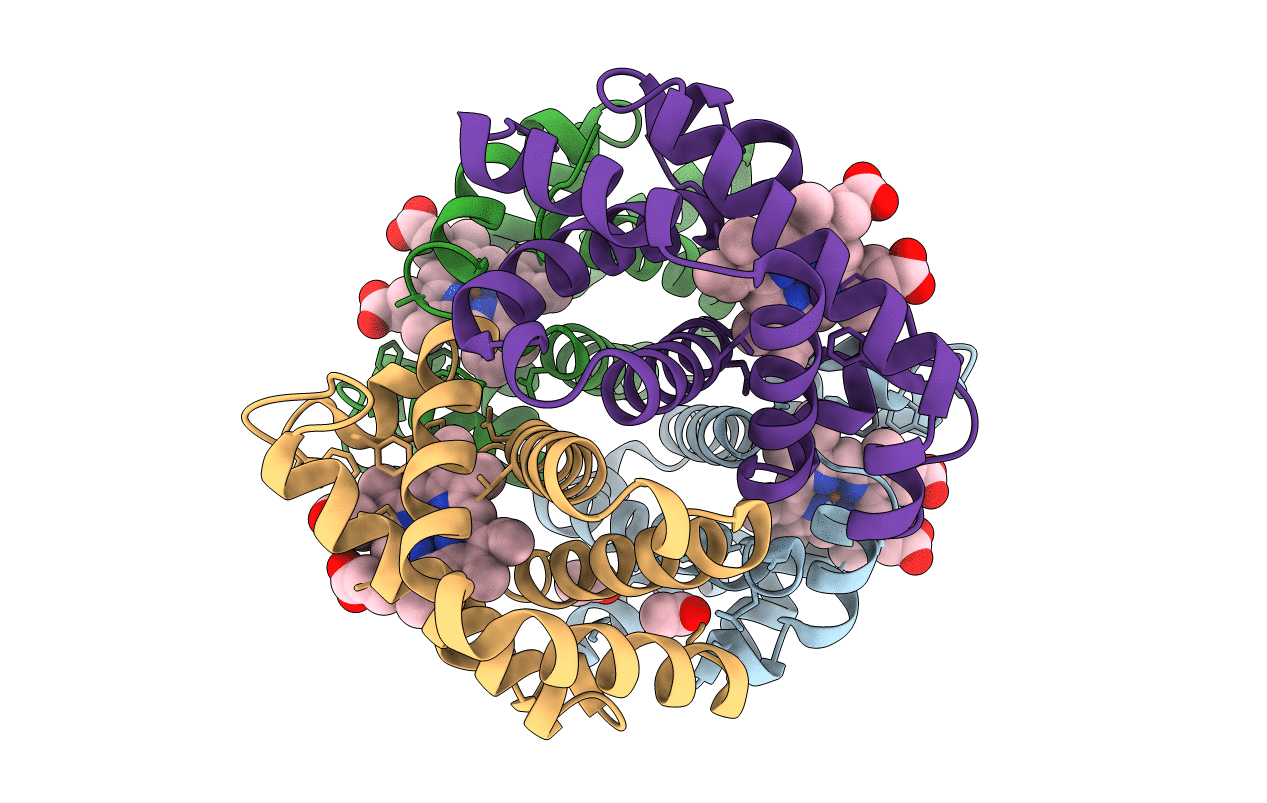
Deposition Date
2007-12-02
Release Date
2008-09-02
Last Version Date
2023-08-30
Method Details:
Experimental Method:
Resolution:
2.10 Å
R-Value Free:
0.25
R-Value Work:
0.20
R-Value Observed:
0.20
Space Group:
P 21 21 21


